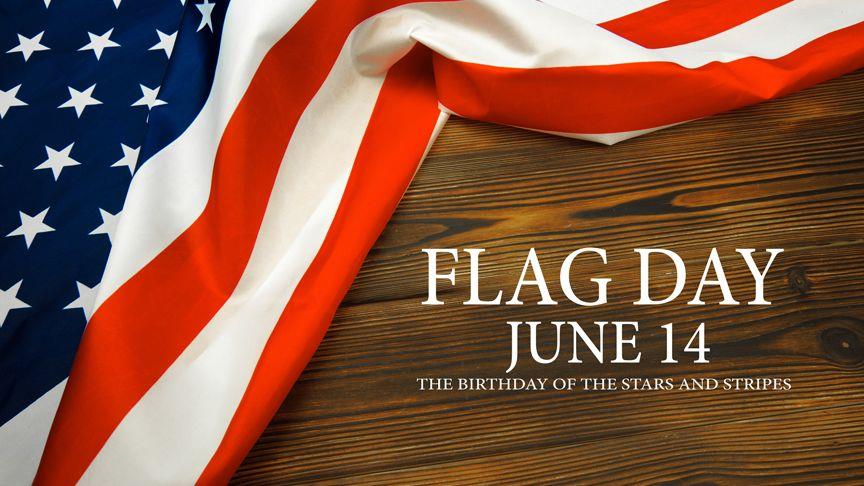In June 1775, the Second Continental Congress met to create the Continental Army. This led to the creation of what was the first “American Flag,” George Washington turned his efforts on creating a flag. On June 14, 1777, Betsy Ross (who assisted in the war by repairing uniforms and sewing tent) had received the order from General George Washington to make the first flag. The Second Continental Congress passed a resolution stating: “Resolved, that flag of the United States be thirteen stripes, alternate red and white; that the union be thirteen stars, white in a blue field representing a new Constellation.”
While most know that the stars represent the states, the colors or the flag also hold important meanings.
RED represents hardness and valor, as well as courage and readiness to sacrifice. It is also sometimes said to represent the bloodshed by those who have fought to protect out freedom and country.
WHITE stands for purity and innocence. Pure because we are independent from other countries and hold true to our ideals.
BLUE signifies justice for all, as well as vigilance and perseverance. A reminder that we must remain watchful and strong.
 |
| File Photo |
The “Star-Spangled Banner” America’s national anthem since 1931, was taken from a poem written by Francis Scott Key after he witnessed the Battle of Fort McHenry during the War of 1812.
The Pledge of Allegiance to the Flag: "I pledge allegiance to the Flag of the United States of America, and to the Republic for which it stands, one Nation under God ..
• Flying the flag upside down is an official distress signal.
• The Flag Code stipulates that the Stars and Stripes should not be used as apparel, bedding or drapery.
• The practice of draping coffins in the American Flag is not reserved for military veterans and government officials. Any burial may incorporate this tradition.
• Etiquette calls for American flags to be illuminated by sunlight or another light source while on display.
• When the flags are taken down from their poles, care must be taken to keep them from touching the ground.
• When the flags get old and need replacement those flags should be turned in to a veteran’s organization where they can be properly disposed of. Most veteran posts have a flag disposal collection box outside their post.
